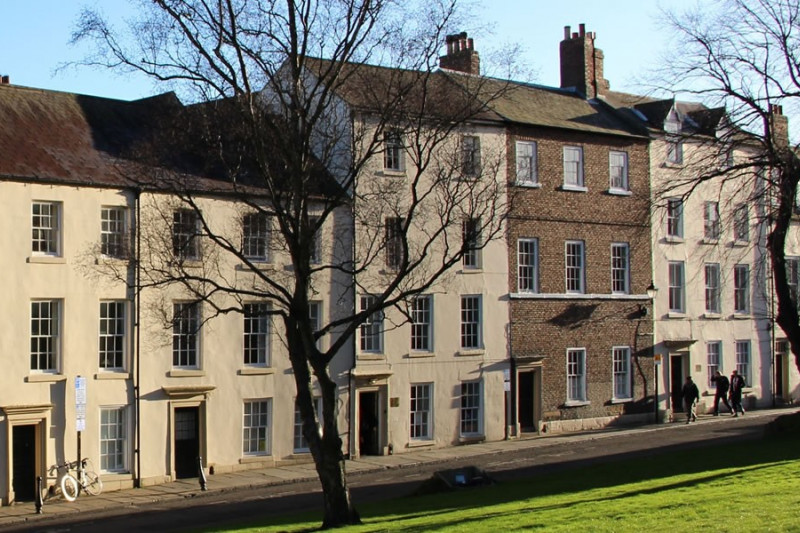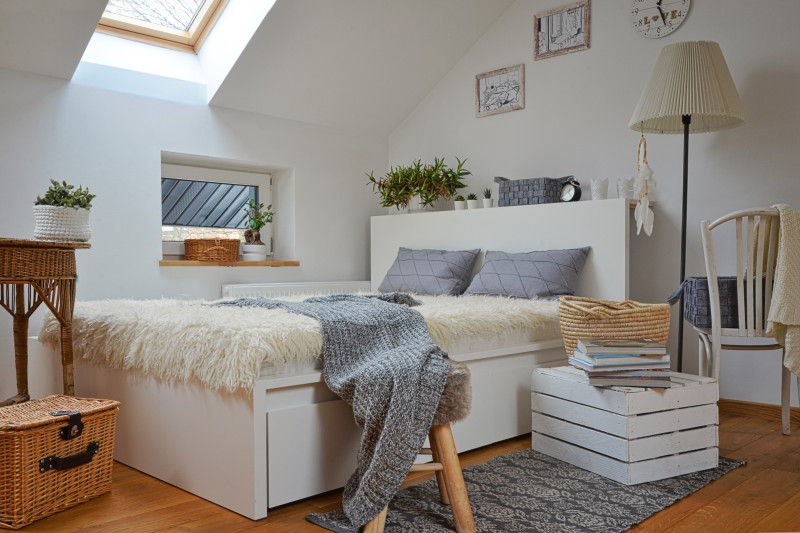
We all know County Durham has some picturesque countryside, scenic coastline and pretty villages, but did you realise there are 93 Conservation Areas within villages and towns in the County?
These are designed to protect locations that are of special interest either historically or architecturally, preserving or indeed enhancing the features that make that area unique. The layout of roads and paths, public and private spaces, greens and tree planting all contribute to the charm and look of a historic area.
By their very nature, these are deemed to be desirable places to live, but if you own, or are considering purchasing, a property which lies within a Conservation Area you should be aware of certain restrictions which may apply.
You may need permission from the local Council to make alterations such as changing windows, installing solar panels, adding extensions, laying paving or even building walls. Likewise if you are considering pruning or cutting down a tree – all trees in Conservation Areas are protected, even if they are not subject to a Tree Preservation Order. You should always contact the Council for advice if you propose to demolish all or part of any sort of building or even if you wish to display advertisements. Also, any new development would be expected to be in keeping with the character of the area.
Similarly, listed buildings (which can include bridges, signposts, post boxes and even telephone kiosks!) are also considered to possess “special architectural or historic interest”. These are subdivided into three categories according to whether they are of special interest (Grade II), more than special interest (Grade II* “two star”) or exceptional interest (Grade I). If you are the owner or occupant of a listed building you will require consent before making any changes to the building which might affect its character or appearance.
Despite these restrictions, there are many positives to living in a Listed Building or within a Conservation Area. Research done by Historic England and the London School of Economics in 2012 showed that properties can sell at a premium and tend to retain or appreciate in value even during economic downturns. This would indicate that prospective purchasers value living in such places and the preserved nature of the building and surrounding area will make your property appealing to others when you are ready to sell and move on.








